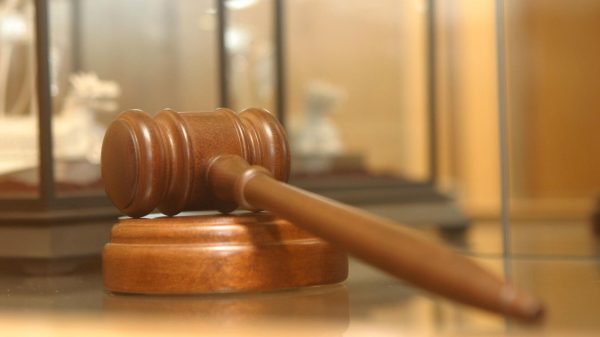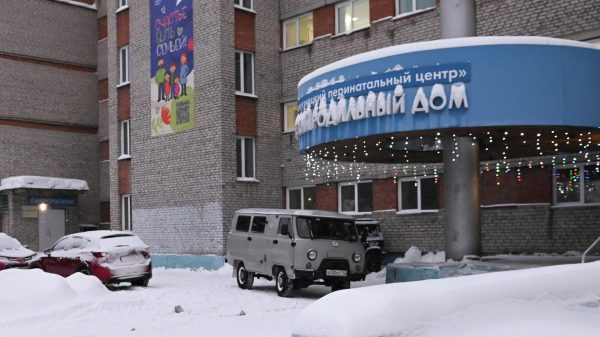Sign up for the Guardian’s Fight to Vote newsletter
Americans are voting by mail in record numbers – and that could extend the counting process several days if not weeks. But Donald Trump says the winner should be decided quicker – on election day.
“It would be very, very proper and very nice if a winner were declared on November 3, instead of counting ballots for two weeks, which is totally inappropriate and I don’t believe that that’s by our laws,” he told reporters on Tuesday.
But not only is it completely legal for votes to be counted after election day – it’s also normal. In 1968, for example, the New York Times published the state-by-state results one day after the election. In most states there were a significant number of ballots still to be counted.
When election officials finished counting ballots, the results shifted from the day-after report. For example, in Alabama the final results showed Democrat Hubert Humphrey did several percentage points better than initially thought.
This isn’t rocket science: It takes time to count votes – and as votes are counted, the results change.
And in the past few decades, it’s been increasingly common for votes to take more than a few days to count. Election scholars Edward Foley and Charles Stewart measured this by looking at elections over several decades. They took the New York Times results two days after an election, and compared those to the final results. They call these “overtime” votes.
A chart showing the trend of votes counted in «overtime».
They also found that the votes that are counted last tend to skew toward Democrats, which they called the “blue shift”, coining the term.
A record-number of mail-in ballots this year could amplify that shift.
A chart showing how votes counted last tend to skew Democrat.
Trump has said mail-in voting is rigged, that the votes counted later are “inappropriate” and that he can only lose the election if it’s rigged.
But there are legitimate reasons for the blue shift phenomenon, and they were in operation far before Trump took office.
1. Mail ballots: Even before the pandemic, more and more people were voting by mail. But the partisan breakdown of those mail ballots only slightly tilted in the Democrats’ favor:
A bar graph showing how voting by mail has increased for both parties since 2008, but it has slightly favored Democrats.
Things will be drastically different in 2020. A record number of people have already voted by mail, and in the battleground states – like Pennsylvania – it’s Democrats who are requesting and returning ballots at a far higher rate than Republicans.
Mail ballots often take longer to count because they need to be “processed” – which basically means figuring out whether the ballot should count. This involves manual processes like checking whether the signature on the ballot matches the one on file. However, each state has different laws on when mail ballots can start being processed.
List of when states can pre-process ballots.
In key swing states like Pennsylvania and Wisconsin, election officials can’t process ballots until election day. That means we can expect a large number of overtime votes in those states – and that the vote in these potentially decisive states could shift toward Democrats.
2. Provisional ballots: Voters who run into problems at the polls can still cast a provisional ballot. For example, some voters are told they’re not on the voter roll – perhaps because they registered recently and the voter roll isn’t up-to-date, or they made a mistake on their registration form.
These ballots are put in a separate pile and after election day the issues are sorted out and either counted or not. This takes time, which is why they’re often not part of the initial count.
And provisional ballots tend to skew Democrat:
Pie chart showing the political affiliation of voters filling out provisional ballots.
Foley and Stewart speculate that this is because voters who skew Democrat, such as young voters and voters of color, tend to be more mobile. So if they moved to an area and register shortly before an election, they may not be on the older voter rolls used by poll workers.
In addition, Republicans have passed several measures, such as voter ID laws, to make it harder for people of color to vote, which may force them to cast a provisional ballot.
3. Urban counties take longer to report results: Urban counties tend to favor Democrats and they have more people. In turn, it can take longer to count all the votes.
It’s understandable why, to the casual observer, it may look as though Democrats are casting votes after the buzzer. In reality, they are votes that are cast legally and on time – but they just happen to be counted later.

























































Свежие комментарии